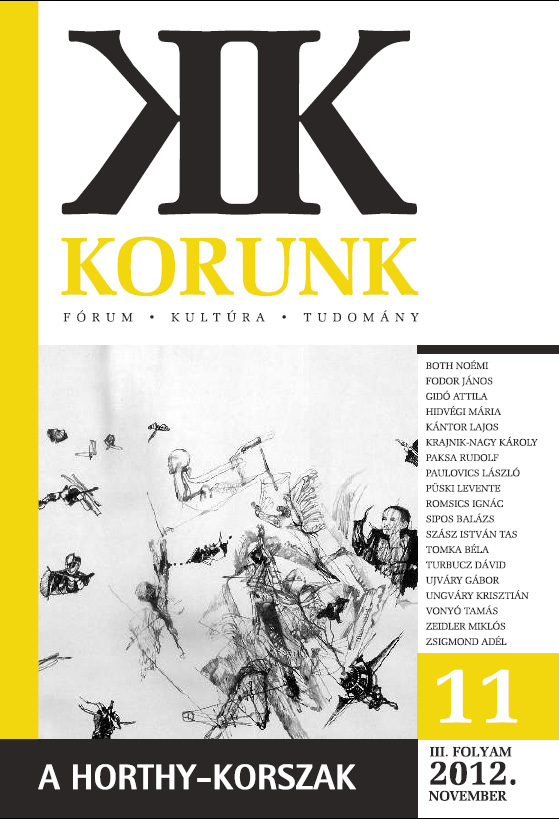Egy államfői utazás kultikus értelmezése
Miklós Horthy’s Journey to Rome and Vienna (1936)
Author(s): Dávid TurbuczSubject(s): History, Political history, Recent History (1900 till today), Interwar Period (1920 - 1939)
Published by: Korunk Baráti Társaság
Keywords: Miklós Horthy; Regent of Hungary; the Horthy-cult; Horthy’s journey to Rome and Vienna; Treaty of Trianon
Summary/Abstract: After the First World War, leader cults appeared in several European countries as a response to the critical social and political conditions. The Horthy-cult, a special type of this phenomenon, can be ranked among them. This paper attempts to analyze the role of Horthy's journey to Rome and Vienna (1936) in the cult-making process. According to the main message of the selectively constructed image of the leader Miklós Horthy, the Regent of Hungary was the only one capable of achieving the national goals and of restoring national glory. He showed the way to the revision of the Treaty of Trianon to the Hungarian nation. Consequently, his journey to Rome and Vienna was depicted as a step towards the so-called brighter future. The author attempts to identify the techniques of cult formation and the frequently used elements of the leader's image. Of course, there was a sharp contrast between the image of the Regent, manufactured by the propaganda, and the genuine Horthy.
Journal: Korunk
- Issue Year: 2012
- Issue No: 11
- Page Range: 82-87
- Page Count: 6
- Language: Hungarian

